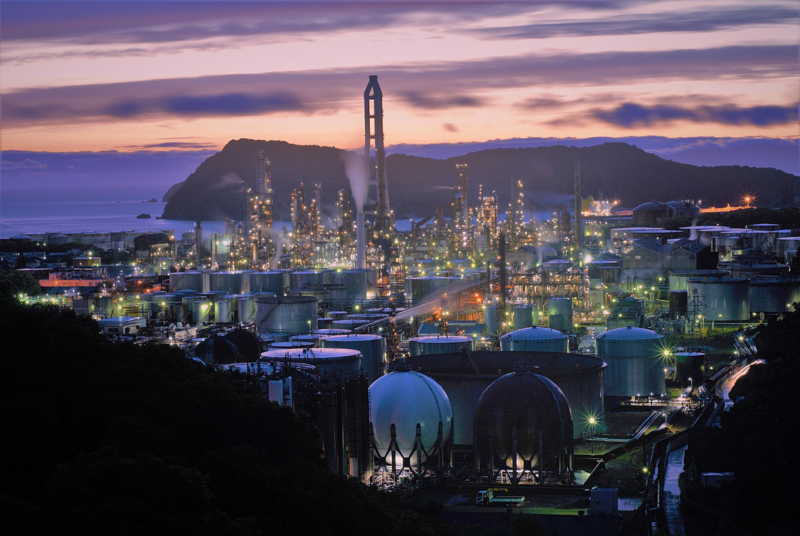How the Industrial Revolution Shaped Modern Society
October 23, 2024

The Industrial Revolution was one of the most transformative periods in human history. Spanning from the late 18th century to the early 19th century, it marked a shift from agrarian economies to industrialized urban societies, fundamentally changing the way people lived, worked, and interacted. The technological advancements, innovations in manufacturing, and social changes that occurred during this time continue to shape modern society in profound ways. In this article, we’ll explore the key aspects of the Industrial Revolution and how it laid the groundwork for the world we live in today.
1. The Rise of Industry: From Handcraft to Machine Production
Before the Industrial Revolution, most goods were made by hand in small workshops or homes, a system known as the cottage industry. The advent of new technologies, such as the steam engine and power loom, revolutionized production by allowing goods to be manufactured on a large scale in factories.
The Shift to Factory Production: Factories became the new centers of production, allowing for mass production of goods like textiles, iron, and steel. This shift not only increased the availability of products but also lowered their cost, making goods more accessible to a broader population.
Innovations in Manufacturing: Key inventions such as the spinning jenny, steam engine, and cotton gin drastically improved efficiency and productivity. These advancements reduced the reliance on manual labor and increased the speed at which goods could be produced.
Why It Matters Today: The shift to factory-based production laid the foundation for modern manufacturing processes and the global supply chains we rely on today. The mass production techniques developed during the Industrial Revolution remain at the core of modern industry, allowing for the large-scale production of everything from cars to electronics.
2. Urbanization: The Growth of Cities and Modern Urban Life
The Industrial Revolution sparked a massive migration of people from rural areas to cities, as factories and jobs became concentrated in urban centers. This process, known as urbanization, led to the rapid growth of cities and the development of modern urban life.
Population Shifts: Cities like Manchester, Birmingham, and London saw explosive growth as people moved in search of work. In just a few decades, these once-small towns grew into bustling industrial hubs, forever changing the social fabric of society.
New Social Classes: The Industrial Revolution gave rise to new social classes, including a burgeoning middle class of factory owners, merchants, and professionals. At the same time, the working class—those employed in factories—became a significant demographic, often living in overcrowded and unsanitary conditions.
Why It Matters Today: The rapid urbanization that began during the Industrial Revolution continues today, with more than half of the world’s population now living in cities. The development of modern infrastructure, public transportation, and city planning all have their roots in this era.
3. Technological Innovation: The Birth of Modern Inventions
The Industrial Revolution was a period of remarkable technological innovation. It was during this time that many inventions were created that still impact our lives today. From transportation to communication, the technologies developed in this era revolutionized the way people interacted with the world.
The Steam Engine: One of the most significant inventions of the Industrial Revolution was the steam engine, developed by James Watt. It powered everything from factories to trains and ships, drastically reducing travel time and enabling the efficient transportation of goods and people.
The Telegraph: The invention of the telegraph revolutionized communication by allowing messages to be transmitted over long distances almost instantly. This paved the way for the development of modern communication technologies, such as telephones and the internet.
Why It Matters Today: The technological advancements of the Industrial Revolution laid the groundwork for modern engineering, manufacturing, and communication. Without the innovations of this period, the globalized, connected world we live in today would not have been possible.
4. Economic Changes: Capitalism, Labor, and New Markets
The Industrial Revolution also brought about significant economic changes, including the rise of capitalism, new labor dynamics, and the creation of global markets. These shifts transformed how people worked, earned money, and engaged in trade.
The Rise of Capitalism: As industry expanded, so did the capitalist economic system, where private individuals owned and operated businesses for profit. The Industrial Revolution accelerated the growth of capitalist economies by increasing productivity and creating vast new markets for goods.
Labor Movements and Unions: The rise of factory work often came with harsh working conditions, long hours, and low pay. In response, labor movements and trade unions began to emerge, advocating for workers’ rights, better wages, and improved working conditions. This period saw the beginnings of labor laws that would shape future workplace regulations.
Global Trade and Markets: The mass production of goods and improvements in transportation allowed countries to trade on a global scale like never before. This expansion of global trade laid the foundation for today’s interconnected global economy.
Why It Matters Today: The economic systems and global trade networks that were established during the Industrial Revolution are still central to modern economies. The rise of capitalism, the labor rights movement, and international trade all have their origins in this transformative period.
5. Social and Cultural Impact: Changing Lifestyles and Attitudes
The Industrial Revolution not only changed the way people worked but also had profound effects on society and culture. As new technologies and urbanization reshaped daily life, people’s attitudes toward work, leisure, and social roles also shifted.
Impact on Daily Life: The rise of factories meant that people moved from working in agricultural or home-based settings to long hours in industrial environments. The separation between work and home life became more pronounced, and the idea of a “workday” emerged.
Education and Literacy: As industrialization progressed, there was an increasing demand for a skilled workforce. This led to the expansion of public education and a rise in literacy rates, as more people needed to learn how to read, write, and work with machinery.
Changing Gender Roles: The Industrial Revolution also had a significant impact on gender roles, particularly in the workplace. While men were typically employed in factories, women and children also worked in large numbers, often in textile mills or as domestic servants. Over time, these shifts began to challenge traditional views of gender roles in society.
Why It Matters Today: The social and cultural shifts that began during the Industrial Revolution continue to influence modern society. The concept of the workday, the importance of education, and evolving gender roles are all legacies of this period.
Conclusion: The Lasting Legacy of the Industrial Revolution
The Industrial Revolution was a turning point in human history, shaping the modern world in countless ways. From technological innovations and economic systems to urbanization and cultural shifts, its impact can still be felt in nearly every aspect of life today. As we continue to develop new technologies and adapt to changing economic conditions, the lessons of the Industrial Revolution remind us of the power of innovation and the importance of balancing progress with social responsibility.







